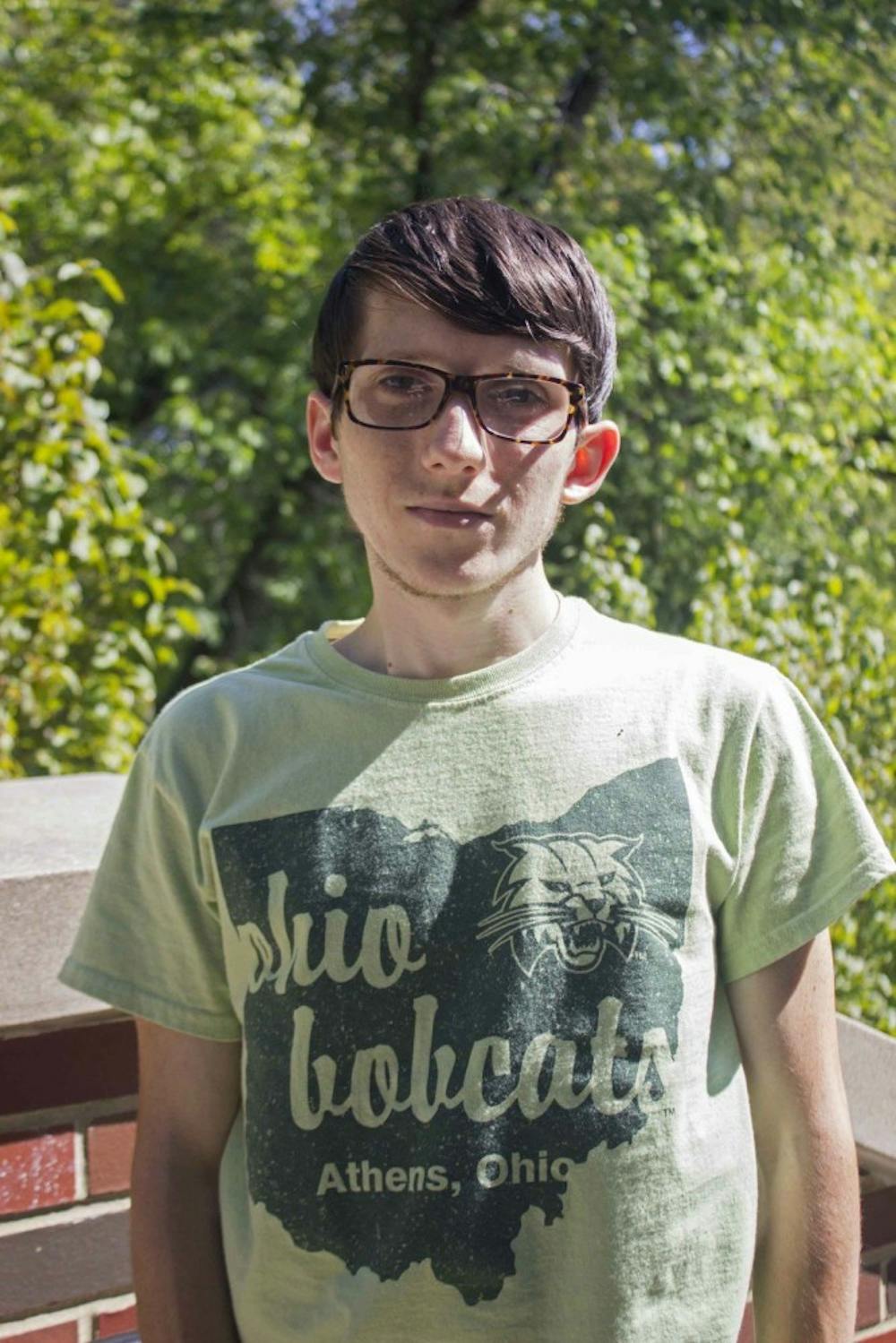Columnist Brian Fogel discusses how subtle discrepancies in reporting drive stories of Pakistan terror attack in vastly different directions.
On Wednesday, there was a Taliban attack on Bacha Khan University in Pakistan, leaving at least 20 people dead and injuring many others. Four gunmen were killed by police, but there is still an ongoing investigation as to how many total assailants there were. That attack hits close to home for those living in the city of Charsadda, which is very close to Peshawar, because in December 2014, there was an attack on a military school that took 148 lives.
However, though many outlets report on those stories, their underlying biases and perspectives can be upsetting.
The New York Times ran a story about that attack on Jan. 20 and some of its focuses were odd and unnecessary.
“The height of the attacks seemed to come in December 2014 when gunmen swarmed through a school in Peshawar, massacring dozens of schoolchildren in an assault that prompted widespread revulsion and a fierce military crackdown on militants,” Declan Walsh, Ihsanullah Tipu Mehsud and Ismail Khan wrote.
Though the previous attack is relevant, The New York Times does a very poor job of explaining what happened, even belittling how severe it really was. There is a huge difference between dozens and 148 innocent children and civilians. And that was the single act of terrorism with the most casualties on Pakistani soil.
Besides a very delayed lead, the story also cites quite irrelevant information, like the fact that the attackers yelled “Allahu Akbar” during the shooting. Though they may very well have done this, the inclusion of it only deepens the association of the religious phrase, meaning “God is great,” with terrorism.
{{tncms-asset app="editorial" id="c33e7c7c-bae5-11e5-a6b4-3fcfdcffd7fc"}}
The rest of the story was very well done and had a unique perspective on the attacks, looking through the lens of education within Pakistan, but that information gets drowned out by the delayed lead and erroneous material.
USA Today’s reporting was much clearer and to the point, quoting many different sources right in the beginning of the story. It also referenced the previous attack and what men were yelling, as The New York Times did, but with better context and accuracy. Naila Inayat and Doug Stanglin wrote a much more concise and accurate story on the same schedule, so it is helpful to have read both.
Those two domestic outlets have similar styles, but important discrepancies. On the other hand, reading the reports from Al Jazeera or Dawn News provides much more humanity to the story. Each of those articles have the basic information of the attack, but what is valuable are the various quotes of witnesses and officials in Pakistan. Including personal accounts and a more humanistic angle gives readers a better view of what happened. Rather than reporting on this as if it were any other event in another country, those two international sources give us a more empathetic and personal perspective.
When readers come across a story of international importance, finding credible news sources closest to the events and furthest from them is a critical literacy skill. Each may have opposing or polarized perspectives, but interpreting the news from both of those angles deepens one’s understanding of what actually occurred.
Brian Fogel is a freshman studying journalism and a photographer for The Post. What did you read about Wednesday's attack? Tweet him @FrianBogel or email him at bf111514@ohio.edu.






